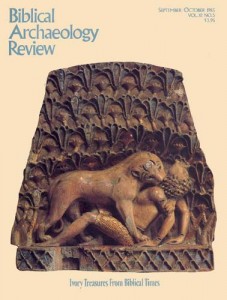Ivory Panels
Sidebar to: Ancient Ivory—The Story of Wealth, Decadence and Beauty
Solomon’s “great throne of ivory,” described in 1 Kings 10:18 and 2 Chronicles 9:17, may have been decorated with ivory plaques. While there is no evidence that ivory-working was a Judean craft in Solomon’s day, ornamenting thrones and beds with carved ivory panels was a well-known specialty of the Phoenicians, Solomon’s trading partners from the Lebanese coast.
The pagan themes of the panels that decorated ninth or eighth-century B.C. furniture help clarify the prophet Amos’s denunciation of Israel for “lolling” on its ivory beds (Amos 6:4). Not only were the extravagant ivory beds a symbol of social injustice, but ownership of the ivories also suggested participation in pagan rituals. Several examples of ivory panels are seen here and on the front cover.
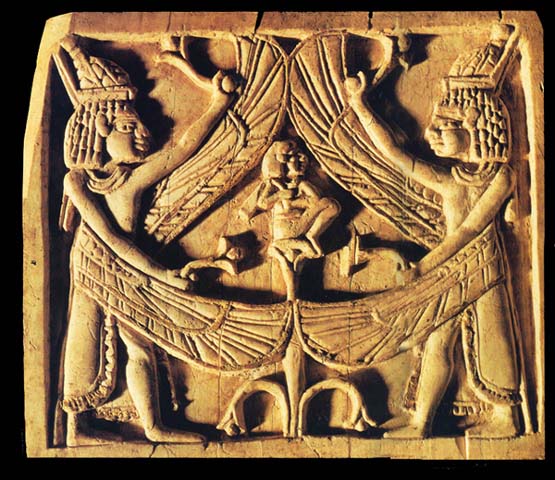
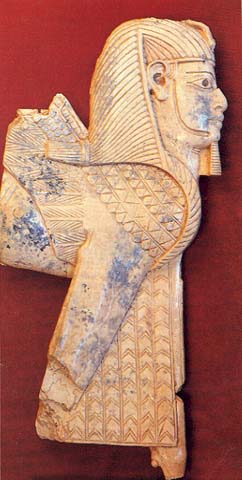
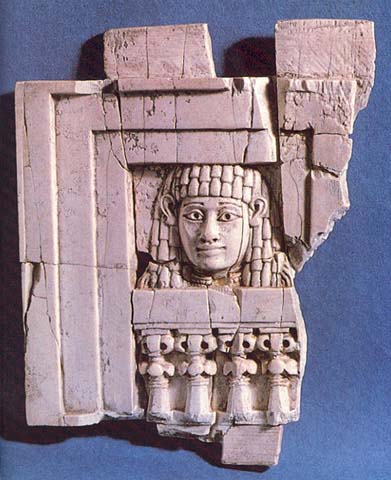
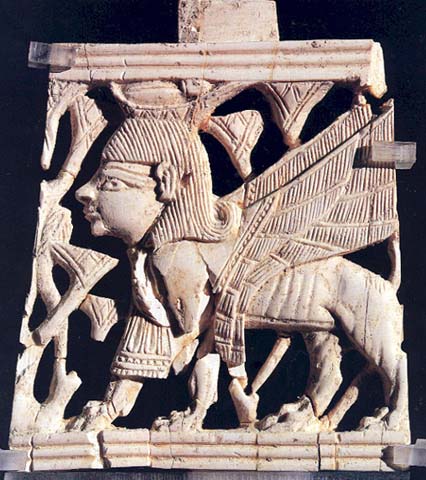
Already a library member? Log in here.
Institution user? Log in with your IP address.

